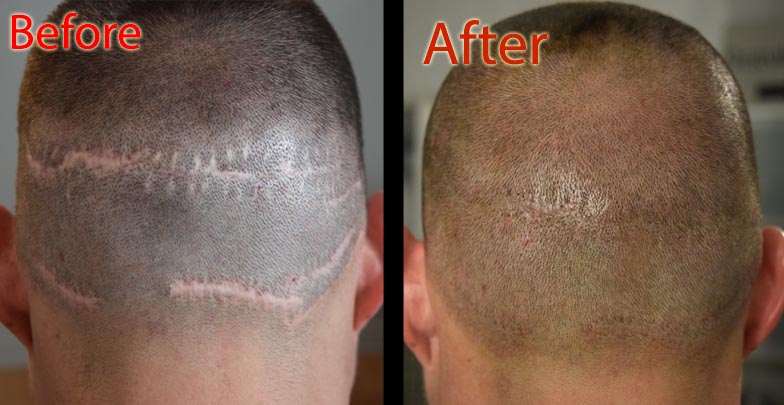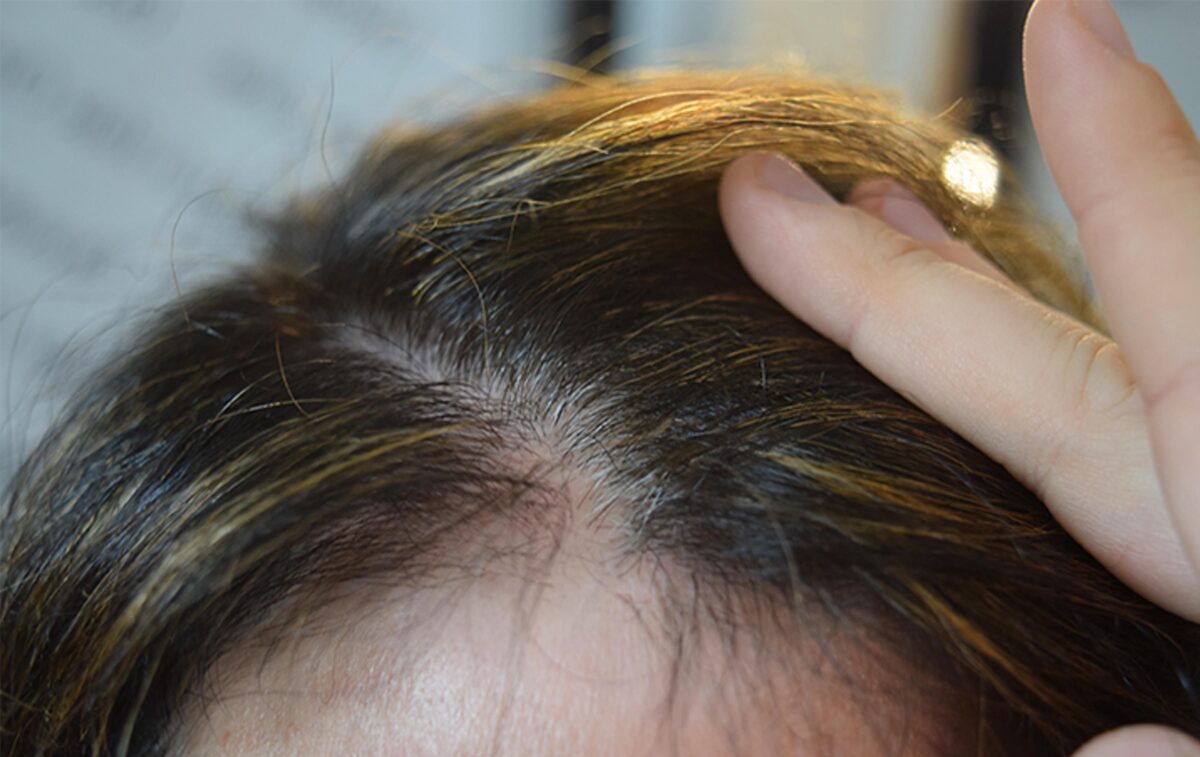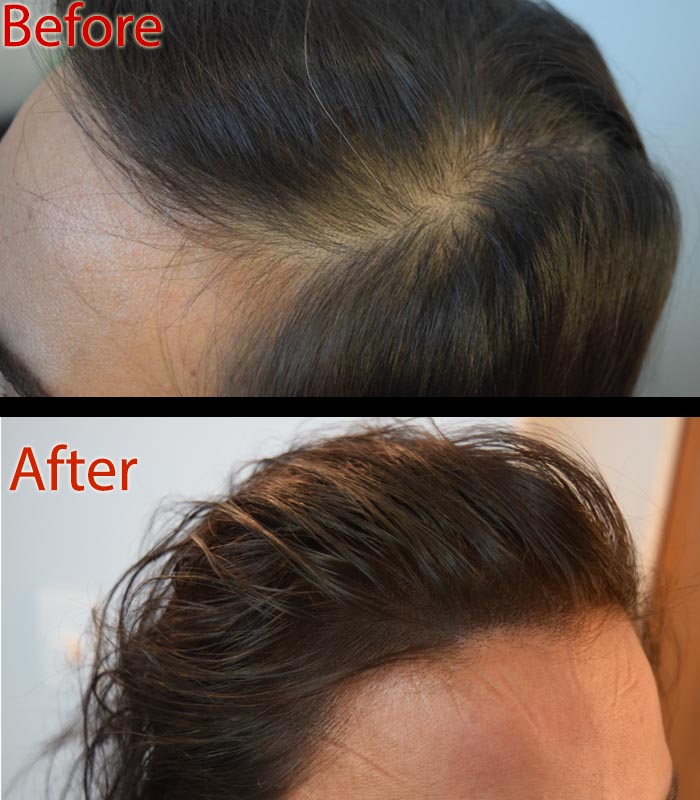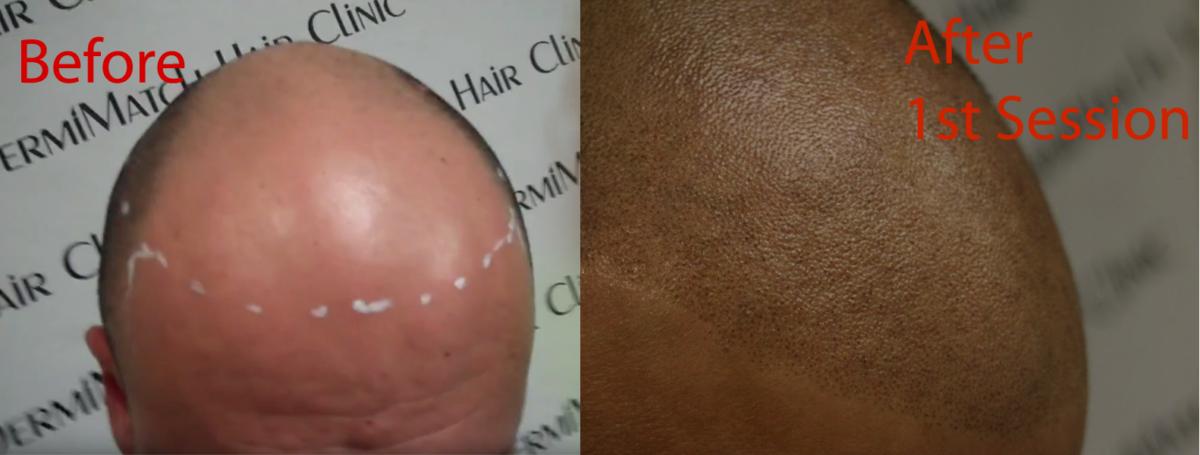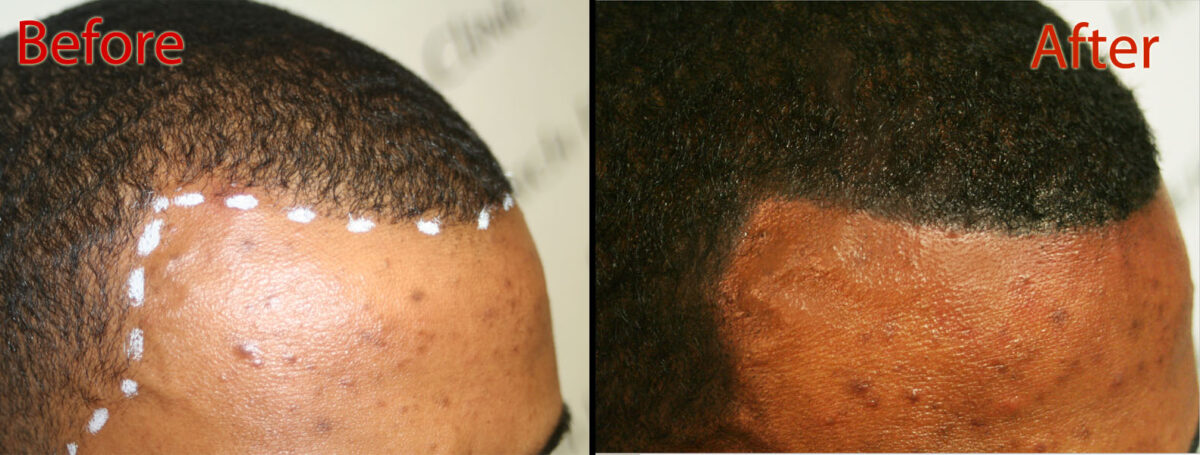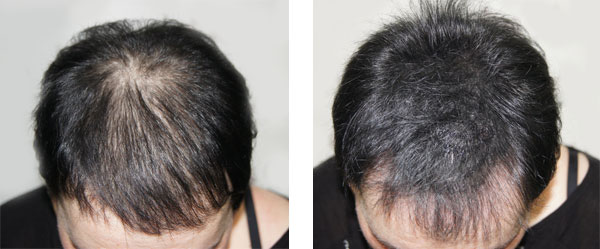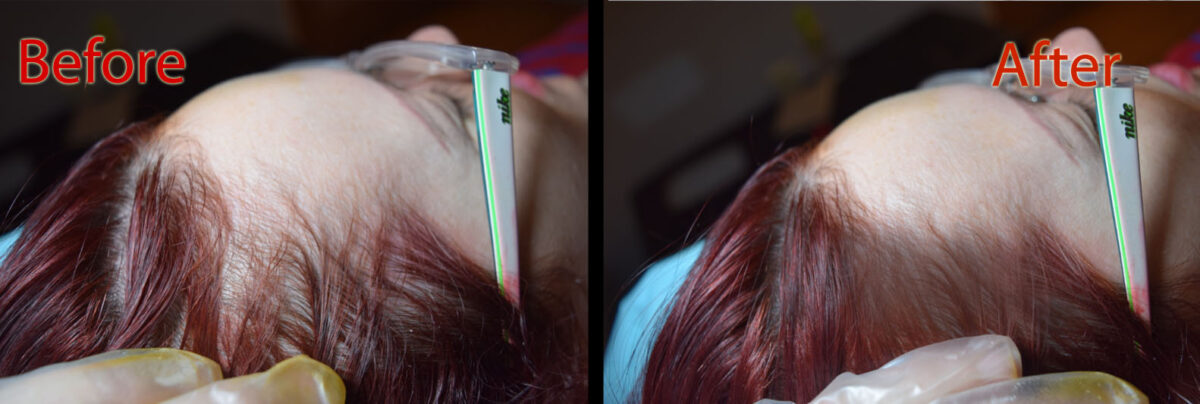Scarring alopecia destroys hair follicles permanently through inflammation, autoimmune attacks, or physical trauma. Unlike temporary hair loss, alopecia treatment faces unique challenges because damaged follicles cannot regenerate. When natural remedies and medical interventions fail, SMP for scarring alopecia might be the solution to mask permanent damage.
Scarring alopecia replaces healthy follicles with scar tissue. This cicatricial process affects follicles at the root level, making regrowth impossible. The scalp becomes smooth, shiny, and completely devoid of pores where hair once grew.
How SMP for Scarring Alopecia Works?
Traditional hair loss treatments targeting follicle stimulation are not much useful as no viable follicles remain. This fundamental difference makes scarring alopecia treatment challenging for both patients and medical professionals.
Does Hair Grow Back From Scarring Alopecia?
Hair never grows back once follicles are destroyed by scarring. The inflammatory cascade that characterizes scarring alopecia eliminates follicular structures. Scar tissue lacks the biological machinery necessary for hair production. Even aggressive medical interventions cannot resurrect destroyed follicles.
Can Scarring Alopecia Be Reversed If Caught Early?
Early intervention may slow progression but cannot reverse existing damage. Anti-inflammatory medications like corticosteroids and immunosuppressants help preserve remaining follicles. However, areas where scarring has already occurred remain permanently hairless.
The key lies in preventing further follicular destruction while addressing cosmetic concerns through alternative methods. This dual approach acknowledges medical limitations while providing aesthetic solutions.
Why Natural Remedies Fail Scarring Alopecia Treatment?
Natural remedies may not help much when it comes to the regeneration of destroyed follicles. Essential oils, herbal treatments, and dietary changes may soothe inflamed scalps but cannot restore scar tissue to functioning follicular units.
These approaches work for follicle stimulation in hair loss conditions but prove ineffective against cicatricial damage.
Patients often exhaust natural options before accepting the permanent nature of their condition. This process, while emotionally necessary, delays addressing cosmetic concerns through proven alternatives.
Is SMP for Scarring Alopecia Effective?
SMP proves safe and effective for scarred scalps when performed by qualified specialists. The procedure deposits pigment superficially without affecting underlying scar tissue. Proper technique accounts for altered skin texture and healing characteristics in scarred areas.
However, scar tissue requires specialized handling. Pigment retention varies compared to normal scalp skin. Expert practitioners adjust techniques accordingly to achieve optimal results.
How Long Does SMP Last On Scar Tissue?
SMP typically lasts three to six years on scar tissue before requiring touch-ups. Scarred skin may retain pigment differently from normal scalp skin due to altered cellular structure. Some areas may fade faster than others, requiring strategic maintenance sessions.
The investment remains worthwhile considering the permanent nature of the underlying hair loss. Regular touch-ups maintain a consistent appearance across treated areas.
How SMP Masks Permanent Damage From Scarring Alopecia Treatment?
SMP practitioners carefully place pigment dots on the affected scalp area, creating the illusion of hair follicles. This technique effectively camouflages smooth, scarred areas by adding visual texture and depth. The procedure works by mimicking natural hair patterns and densities.
SMP transforms completely bald patches, creating the impression of closely shaved hair. The visual uniformity helps blend scarred regions with surrounding healthy scalp areas.
But to get the best results from SMP, tattoo artists cannot help. People with delicate skin cannot trust tattoo artists who are not trained or experienced in SMP. Their scalp requires expert handling. Traditional tattoo artists do not have the right equipment or specialization for the job.
Scarred tissue demands specialized knowledge of healing patterns, pigment interaction, and technique modification. Undertrained practitioners risk creating additional scarring or unnatural appearances that require expensive correction procedures.
Let SMP for scarring alopecia work for you by choosing the top scalp micropigmentation Arizona professionals. Luckily, you don’t need to go elsewhere for professional SMP. DermiMatch Clinic is the right place for a scalp job, thanks to its years of experience in the niche. Trained, specialized, and expert Arizona SMP professionals are available for help. Get in touch now!

